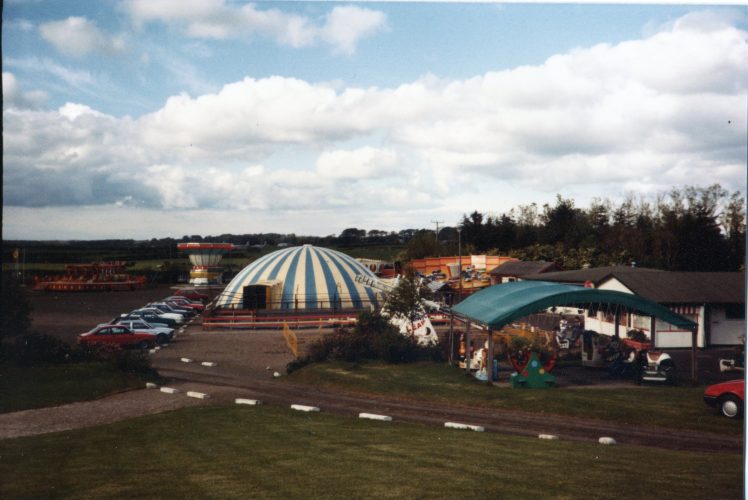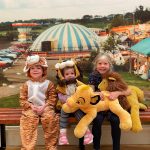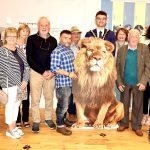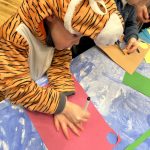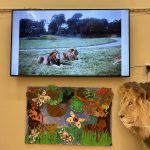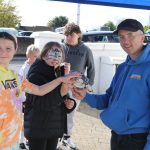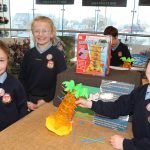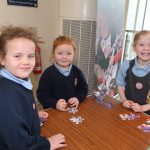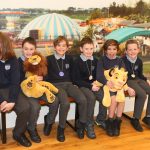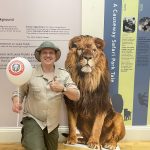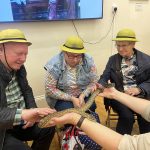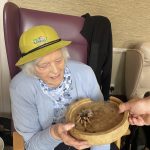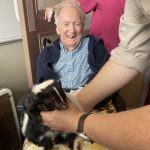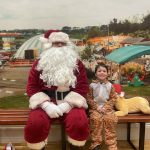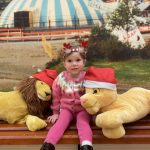A Causeway Safari Park Tale

Changing times – a hoard of small change from Castle Street
8th August 2025
Development Phase activity programme summary (2023-2025)
24th September 2025A Causeway Safari Park Tale
In August 2024 Ballymoney Museum curated a new exhibition, A Causeway Safari Tale that looked at the history of The Causeway Safari Park, once one of the biggest and much-loved attractions on the Causeway Coast.
This has been one of our most successful and engaging exhibitions to date, attracting over 600 visitors within just two weeks of opening and capturing wide interest through social media, radio and both local and national newspapers.
Overall, we seen 9,623 visitors to this exhibition which has included a week-long Primary school workshop programme for over 400 children, a Safari Fun Day attended by over 600 people, a film screening of the BBC documentary A Lion’s Tale, plus visits from additional Primary schools, secondary school history clubs, home schooler groups, and over-55 groups.
As part of our exhibition programming, we engaged older generations with Wee Critters sessions both at the museum and at a local care home. These events allowed older adults to learn about animals in a fun and interactive way and showed our commitment to inclusivity and lifelong learning.
In December we hosted a special Santa on Safari event as well as collaborating with our local council’s events team to open the exhibition for Quiet Time Santa visits.
We designed the Causeway Safari Tale exhibit to be interactive and so we created a photo prop safari park jeep and a featured photo wall where visitors could have their pictures taken holding cuddly lions, reminiscent of the photos visitors once took at the original Safari Park. A publication featuring photographs given by the community was produced as well as colour the exhibition pages and a find the animal trail. These activities can be found in our New Safari Park loan box which is available for Community, schools and nursery groups to loan.
To discover more about the History of the Safari Park and view the resources click on the links below.
A Causeway Safari Park booklet: https://niarchive.org/wp-content/uploads/2025/07/Artwork-Safari-Booklet.pdf
Colouring pages & exhibition panels: Resources – NI Community Heritage Archive
- A Safari Tale exhibition
- Exhibition launch
- Exhibition launch
- World wildlife day drop-in
- World wildlife day artwork
- A Causeway Safari Tale fun day
- A Causeway Safari Tale fun day
- Primary School workshops
- Primary School workshops
- Primary School workshops
- Primary School workshops
- Primary School workshops
- Wee Critters- Positive aging workshop
- Wee Critters- Positive aging workshop
- Wee Critters- Positive aging workshop
- Wee Critters- Positive aging workshop
- Wee Critters- Positive aging workshop
- Wee Critters- Positive aging workshop
- Santa on Safari event
- Santa on Safari event
- Santa on Safari event

